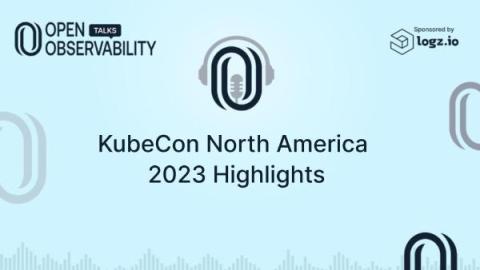Operations | Monitoring | ITSM | DevOps | Cloud
Latest News
C-suite insights on the transformative power of generative AI
Generative AI is revolutionizing the way businesses operate, from improving operational resilience to mitigating security risks and enhancing customer experiences. In a recent roundup of c-suite insights from three IT leaders — Matt Minetola, CIO, Mandy Andress, CISO, and Rick Laner, chief customer officer — we gain a comprehensive understanding of how generative AI is being used to improve business outcomes across organizations.
SIEM Implementation Guide: A How-To Guide
In an era where cybersecurity threats are not just frequent but increasingly sophisticated (and becoming more costly), the need for robust defense mechanisms has never been more critical. Security Information and Event Management (SIEM) emerges as a cornerstone in this complex data environment. It’s not just another tool in your cybersecurity toolkit; it’s a solution designed to elevate your organization’s security posture.
The Leading Jaeger Dashboard Examples
Unlocking the full potential of observability and tracing in modern software ecosystems has become imperative for businesses striving to deliver improved reliability and user experience. In this comprehensive roundup, we will dive into the world of Jaeger-incorporated observability and tracing dashboards, offering a curated selection of the best use cases that empower DevOps teams, engineers, and developers to gain unparalleled insights into the inner workings of their applications.
Active vs. Passive Monitoring: What's The Difference?
Mastering Firewall Logs - Part 1
Deployment Frequency (DF) Explained
Announcing the Splunk Add-on for OpenTelemetry Collector
5 Elasticsearch Disadvantages You Should Know
Recapping KubeCon North America 2023
If you missed KubeCon North America 2023 in Chicago, or you were there and spent more time in the “hallway tracks,” you may have missed some of the big news that came out of the show. We covered the big happenings in the open source cloud native and observability realm in the latest episode of OpenObservability Talks!











